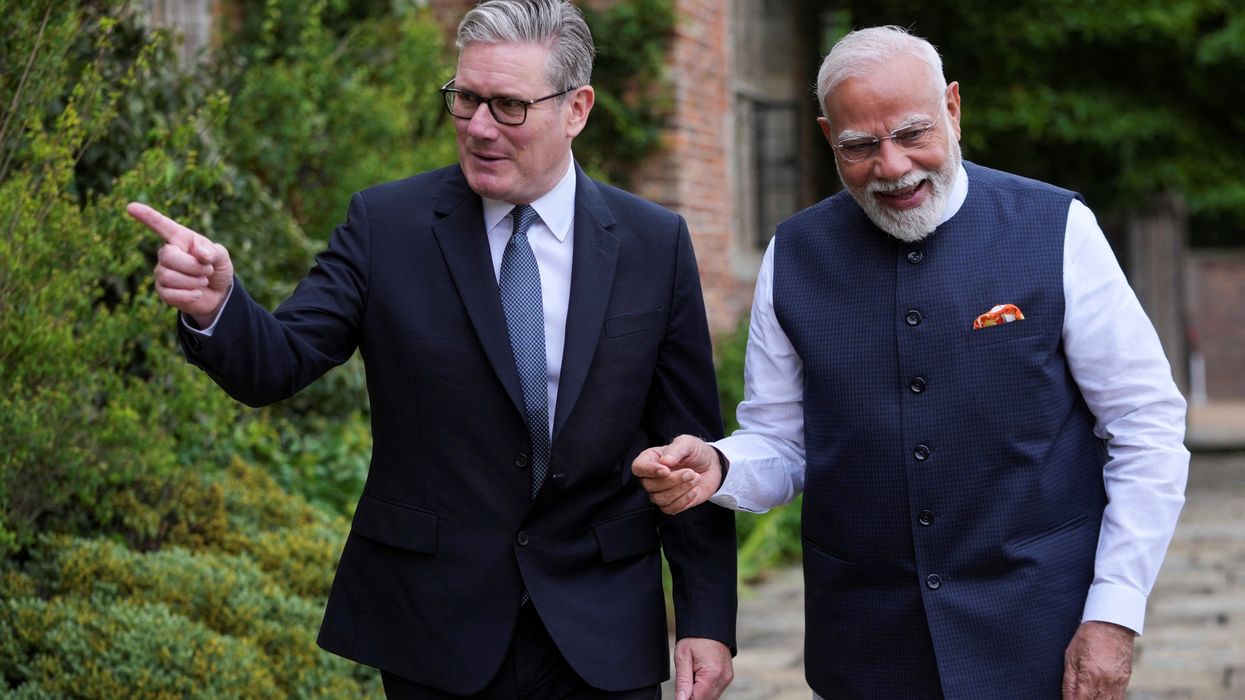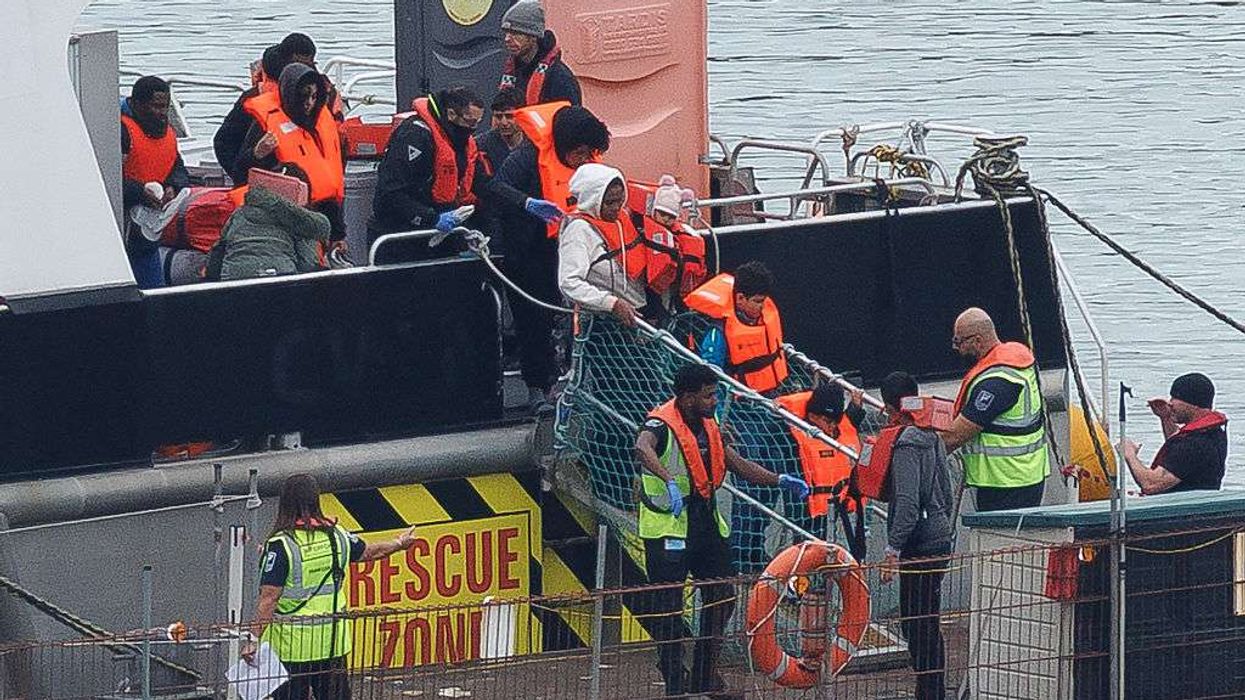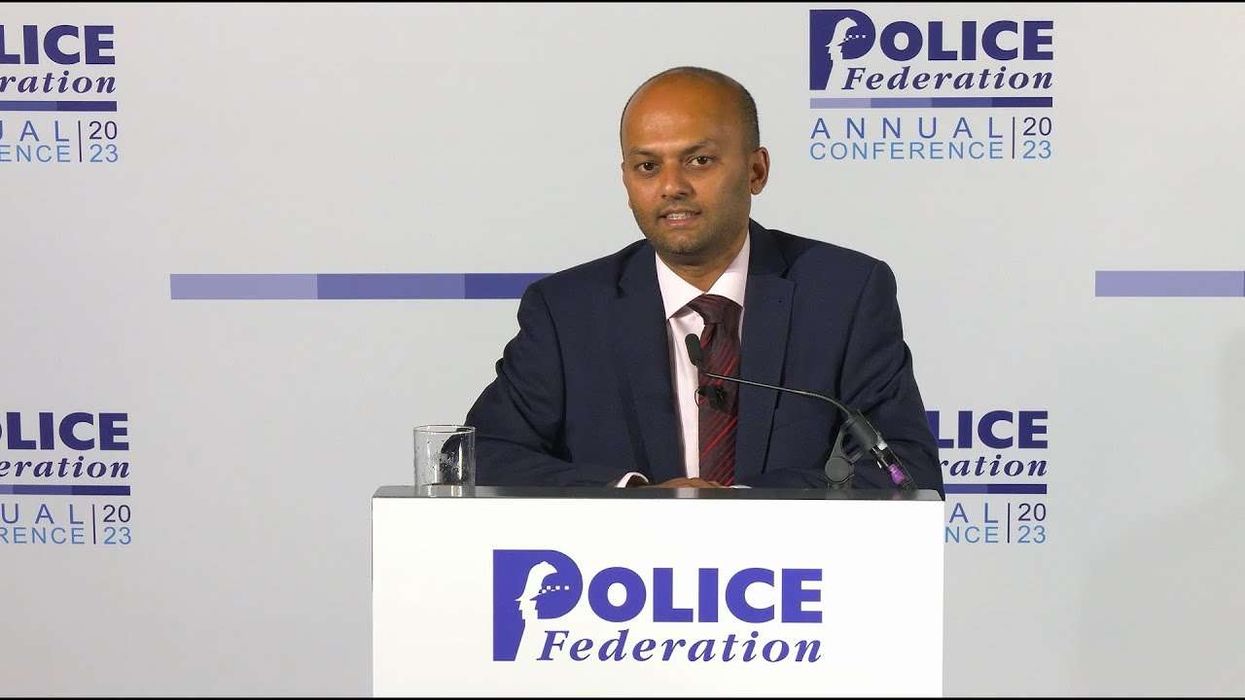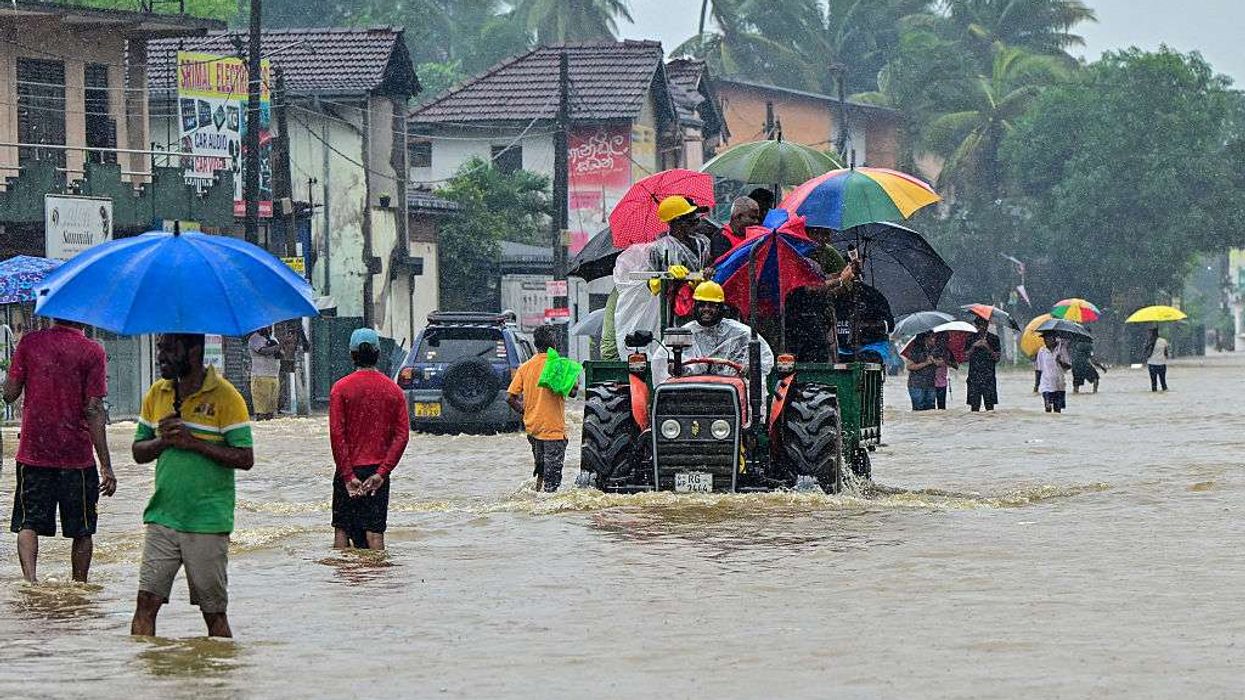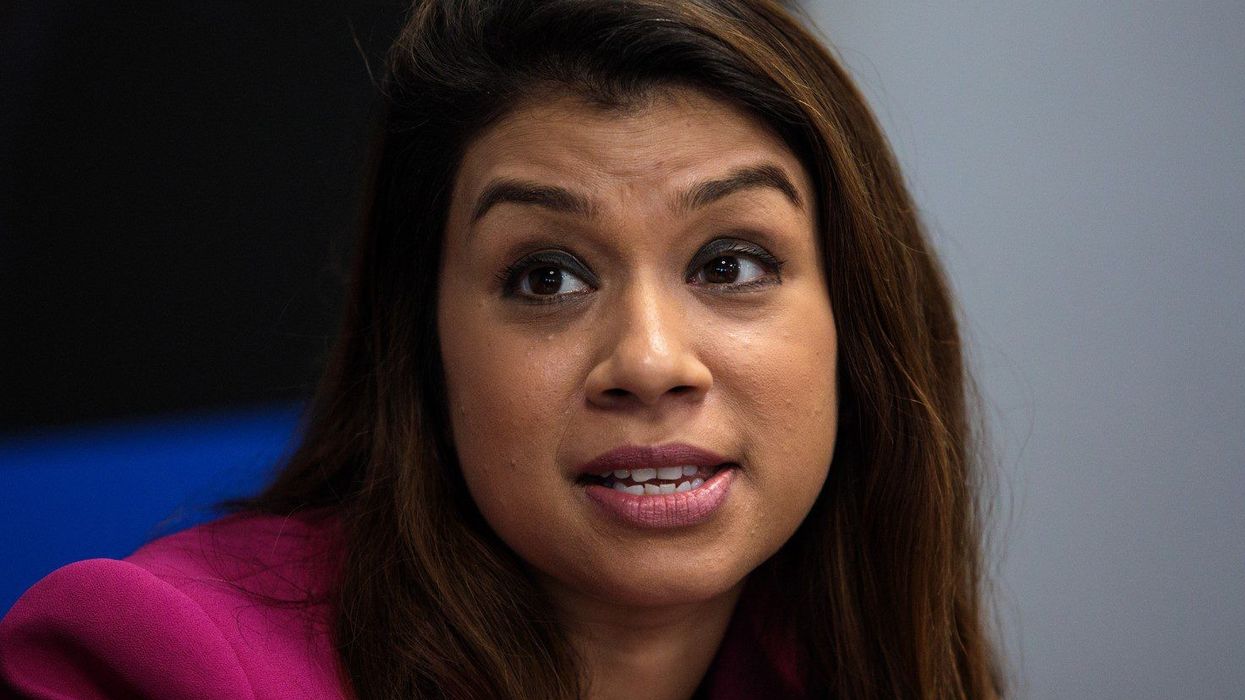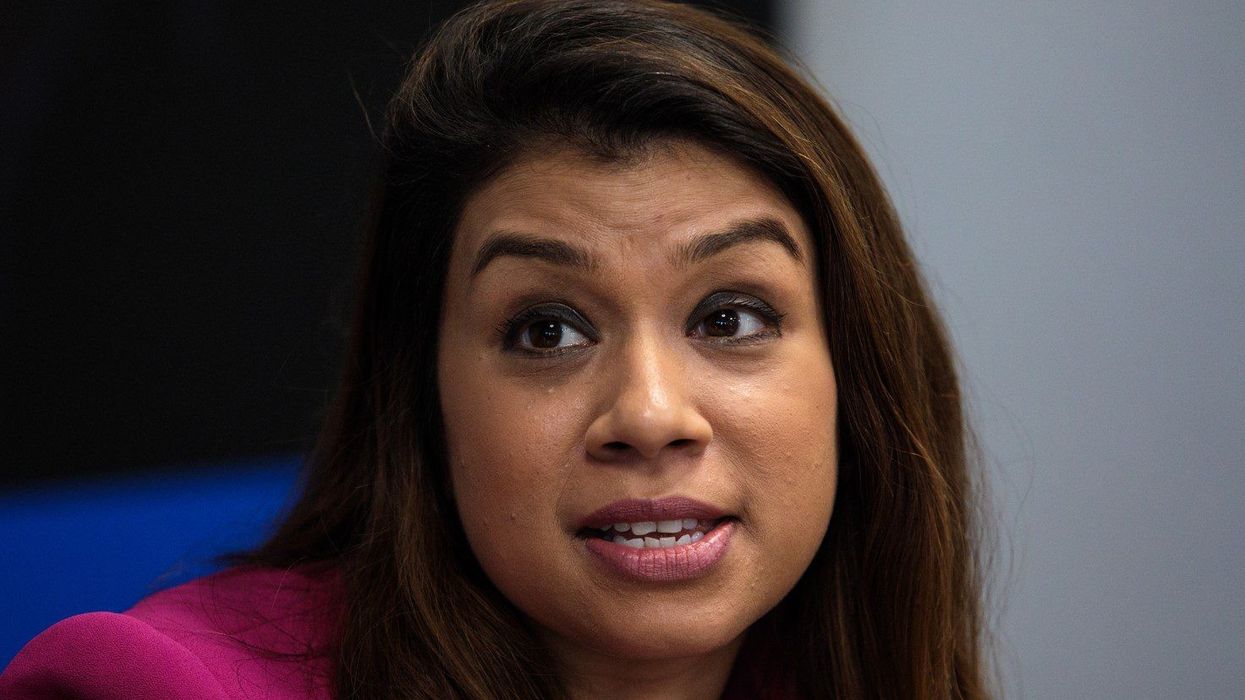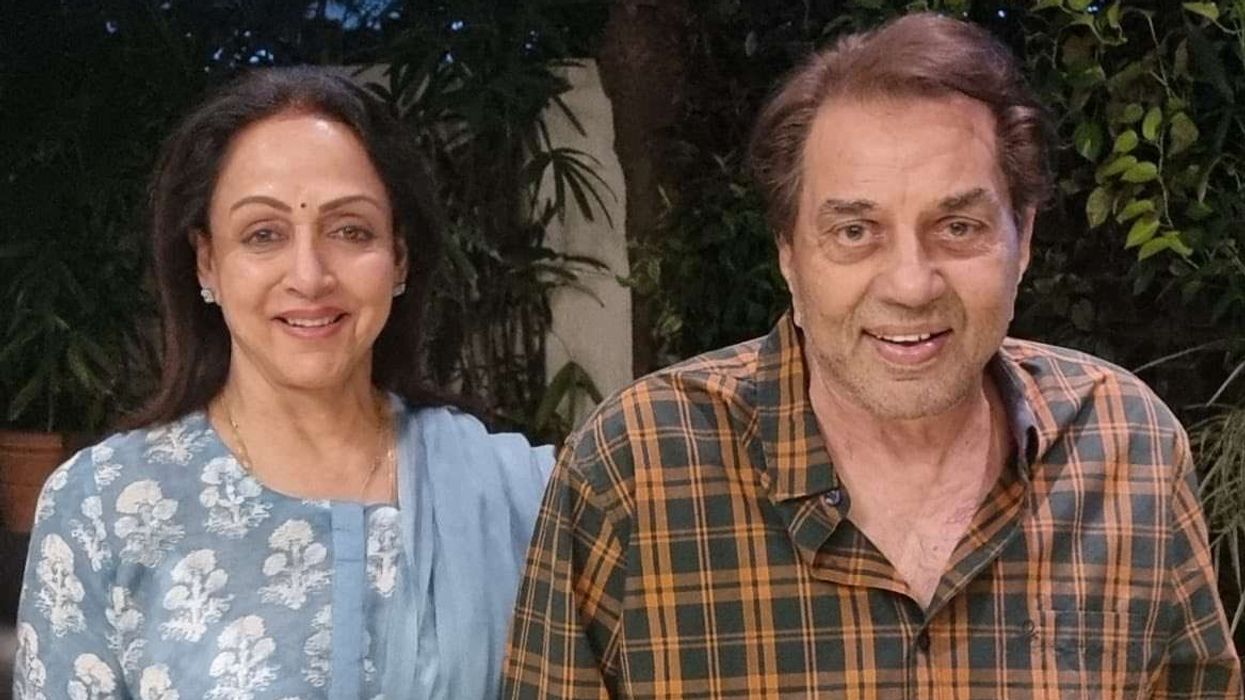THE full details of the “historic” UK-India free trade agreement signed at Chequers last week can now be revealed by Eastern Eye.
Welcoming Narendra Modi to the British prime minister’s country residence, Sir Keir Starmer stressed that the benefits of the FTA “will be measured in economic boost to our economies and to jobs and businesses in both of our countries”.
“On top of that (the FTA), we have the comprehensive strategic partnership between our two countries, which layers in defence, security and tech and education,” he said, after ushering the Indian prime minister into the Hawtrey Room.
Modi agreed that the FTA “will lay a strong foundation for the future generations of Indians and people from the UK”. Some tariffs will come down soon, but what the two prime ministers are attempting to do is put in place a framework that will enable the bilateral relationship to flourish over the next 10 years and beyond.
Modi said: “Today, we are writing a new chapter in our trade, economic and industrial cooperation. This will open up new possibilities for our farmers, MSME (micro, small and medium enterprises) and youth. The 21st century is a century that will be driven by technology. Here, the youth of India and Britain, especially, the skilled youth, have the potential to create a new world for themselves.”
Starmer promised to help British Asian businesses, telling Eastern Eye in an exclusive interview: “I think for British Indian businesses, for British Asian businesses, this is the most significant deal since we left the EU.”
After the exchange of documents between Jonathan Reynolds, the UK’s business secretary, and India’s commerce and industry minister, Piyush Goyal, in The Great Hall, the lectern was taken by Starmer and Modi, who underlined some crucial aspects of the FTA.
Most people in Britain are probably unaware that 1,197 companies from India, with a turnover last year of £72.14 billion, have created 126,720 jobs across the UK. The good news will be unwelcome to people on the right wing of British politics, who see everything through the lens of migration, but Starmer said: “It is a deal that will bring huge benefits to both of our countries, boosting wages, raising living standards and putting more money in the pockets of working people. It is good for jobs, for business, cutting tariffs and making trade cheaper, quicker and easier. It is good for British workers in cutting-edge manufacturing, whisky distillers across Scotland and a service sector in London, in Manchester, and in Leeds. It is good for consumers because it will bring down prices on Indian goods in the United Kingdom, like clothes, shoes, food.”
In response, Modi referred to the need to combat terrorism, especially after Pahalgam, and also expressed “my deepest condolences to the families of the victims (of the Air India crash). The people of Indian origin in the UK form a living bridge that connects our two nations”.
The latter now number at least 2.5m. “They did not just bring curry from India,” he declared, “but also creativity, commitment and character. Their immense contributions are not just limited to UK’s prosperous economy, but are also visible in UK’s culture, sports and public service.”
To laughter, he threw in a cricketing metaphor: “I would be remiss not to mention cricket when India and the UK are coming together, especially during a Test series. For both of us, cricket is not just a game, but a passion, and also a great metaphor for our partnership.
There may be a swing and a miss at times, but we always play with a straight bat. We are committed to building a high scoring, solid partnership.” In India, TV bulletins have led with the FTA, with positive projections of what the deal would mean for India. TV anchor Arnab Goswami, who is not known for his restrained manner, bellowed at the people of Britain: “We will flood you (with Indian goods).”
The Telegraph in India urged British authorities to curb Khalistani activists who had attacked the Indian high commission in London: “The India-UK trade pact must now serve as a launch pad for the two countries to expand collaboration in other areas and address each other’s core concerns.”
In London, there was considered reaction from the Financial Times, which said that the UK believes the FTA “will boost British exports to India by 60 per cent by 2040”. It summed up: “The tariff reductions include immediate cuts on UK exports of salmon, lamb and machinery, and gradual liberalisation of trade in chocolates, cosmetics and auto parts. The biggest winners for UK industry are whisky and gin producers, which will see tariffs halve to 75 per cent immediately and then fall to 40 per cent by the 10th year of the deal. India has also agreed a historic cut in automobile import duties — from more than 100 per cent to just 10 per cent — although that has been capped by quotas.”
The paper quoted Rain NewtonSmith, chief executive of the Confederation of British Industry’s business group, who said the deal was a “springboard for long-term partnership”.
Many Eastern Eye readers, who already work in the UK-India business corridor, can now expand their companies or enter new fields. Other British Asian businesses can examine how they, too, can exploit the opportunities themselves – Starmer has promised to help – or hand-hold UK companies in joint ventures in India.
India expert Lord Jitesh Gadhia, a nonexecutive director of the Court of the Bank of England who was present at Chequers, commented: “The British Indian diaspora is uniquely positioned to be at the forefront of this transformation. By enhancing trade and investment flows, the FTA will expand the diaspora’s influence across both markets, creating a dynamic platform for growth. British Indian entrepreneurs, with their deep cultural understanding and strong business networks, are well placed to capitalise on the new avenues the FTA will unlock—ranging from exports and services to public procurement across sectors such as food and beverages, textiles, leather goods, automotive, technology, and professional services. I hope to see the British Indian business community seize this moment to embed itself more deeply in UK-India trade flows, driving innovation, creating jobs, and strengthening economic links between our two countries.”
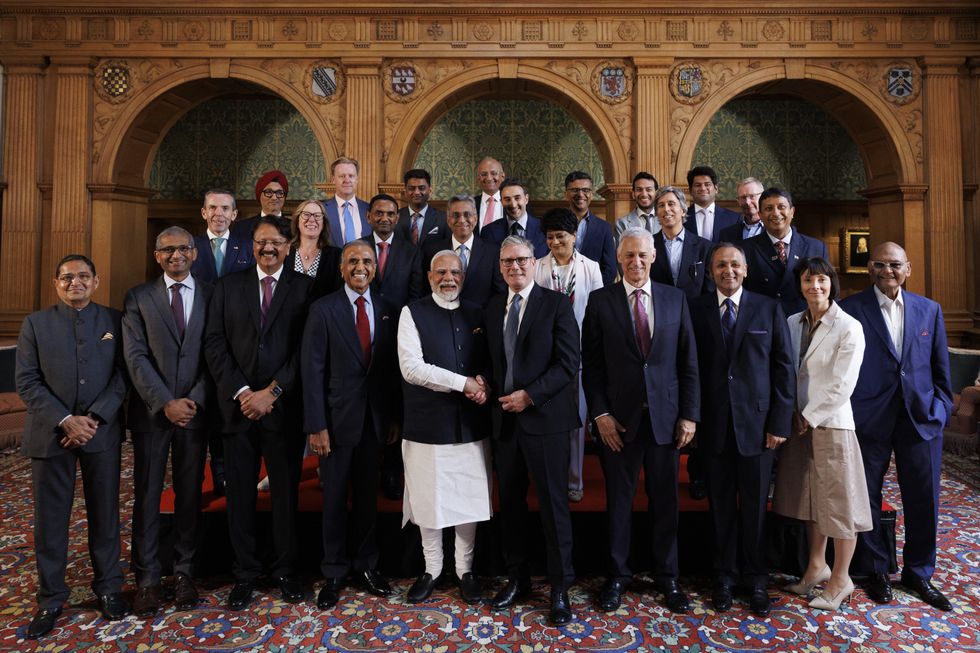
Lord Karan Bilimoria, former president of the Confederation of British Industry and now chair of the International Chamber of Commerce (UK) said: “This historic agreement will act as a catalyst, turbocharging trade, investment and business partnerships. This agreement is not just a milestone — it’s a launchpad. Onwards and upwards!”
Eastern Eye has read the fine text of the deal, referred to formally as “the Comprehensive Economic and Trade Agreement (CETA)”, and can draw attention to some key passages.
The deal requires parliamentary ratification before it comes into force.
Answering “what happens next,” the UK government says: “Now that we have concluded negotiations, the UK and India will work together to finalise the legal text of the free trade agreement and produce a usable and legally binding treaty. We will end this process by signing the completed treaty text. The DCC (Double Contributions Convention) will enter into force alongside the trade agreement.
“It will be subject to the usual pre-ratification scrutiny procedures under the Constitutional Reform and Governance Act. Any legislative changes required to give effect to the FTA will need to be scrutinised and passed by Parliament in the usual ways before ratification of the agreement can take place. Legislation necessary to implement the agreement will be brought forward, and duly scrutinised by Parliament, when Parliamentary time allows. Entry into force will take place once both the UK and India have completed their ratification processes. Once the deal has taken effect, businesses, and citizens from across the UK will be able to capitalise on the benefits of the agreement.”
What is revealing is the UK government’s impact assessment: “The UK’s gross domestic product (GDP) is estimated to increase by 0.13 per cent, equivalent to £4.8bn, and India’s GDP by 0.06 per cent, equivalent to £5.1bn per year in the long run.
“By 2035, the UK is projected to remain the world’s sixth largest economy and India is projected to be the third. Furthermore, by 2050, India is projected to have over a quarter of a billion highincome consumers. “Total trade in goods and services between the UK and India was over £40bn in 2024. India’s demand for global imports is estimated to increase to £2.8 trillion by 2050, making it the third largest importer in the world.”
The UK government said the FTA will boost exports from high-growth sectors such as advanced manufacturing – including automotives, electrical circuits, high-end optical products, and medical devices. Iconic British goods sold globally, such as cosmetics, whiskies, gin, soft drinks, and lamb, will benefit from reduced tariffs into India. UK services sectors, including telecoms and construction, will gain guaranteed access to the growing Indian market.
The deal is expected to particularly benefit SMEs, which often struggle with the high costs and complexities of operating in India. Support measures such as dedicated contact points will help them enter the market. The agreement also supports collaboration on new technologies in agriculture, health, advanced manufacturing, and clean energy.
It will unlock opportunities across all UK regions. Scotland’s top export to India – beverages worth £188 million in 2024 – will benefit from major tariff cuts, especially on whisky. Northern Ireland, which exported £176m of services in 2022, will see improved market access and innovation ties. In Wales, access for lamb – currently facing a 33 per cent tariff – will help local businesses. New access to India’s procurement market will support clean energy firms across the three nations.
“This agreement will also support businesses of all sizes across England from automotive producers in the North West, to electrical producers in the West Midlands, to logistics companies in Yorkshire. For services companies, such as those in London and the South East who collectively exported over £3.6bn of services in 2022, new locked-in access to India’s services economy will help access the fastest growing economy in the G20.” It is emphasised that India “has the highest growth rate in the G20, which is expected to remain above 6 per cent over at least the next five years.
“Alongside these benefits, this deal will also give UK businesses unique and unprecedented access to India’s public procurement market, comprising approximately 40,000 tenders with a value of at least £38bn a year.”
It is traditional for people visiting India to take chocolate as gifts for relatives – Cadbury’s Flake is a favourite. What author V S Naipaul called the Indian “craze for foreign” looks set to disappear because “everything is available here only”.
“After staging over 10 years, the agreement will mean 85 per cent tariff lines and 66 per cent of existing Indian imports from the UK will be eligible for tariff-free entry into India,” the UK government says.
The prospects are that many Eastern Eye readers and their children will share in India’s growing prosperity, judging by what the UK government has to say: “By 2030, India’s middle class will number an estimated 60 million and rising, reaching a quarter of a billion by 2050. India’s demand for imports is projected to grow by 144 per cent in real terms between 2021 and 2035, reaching £1.4 trillion.
